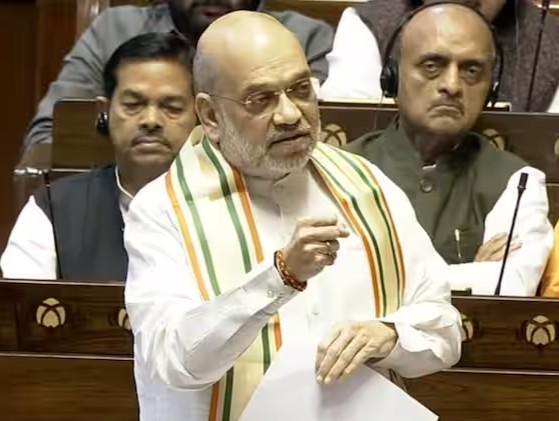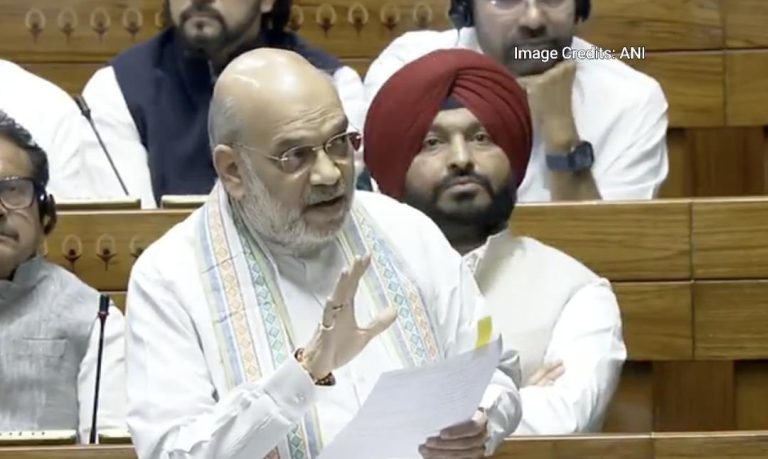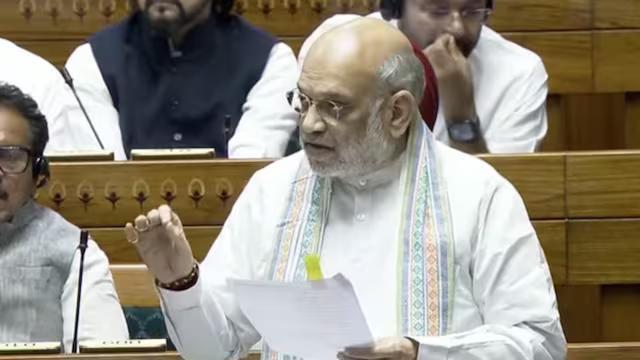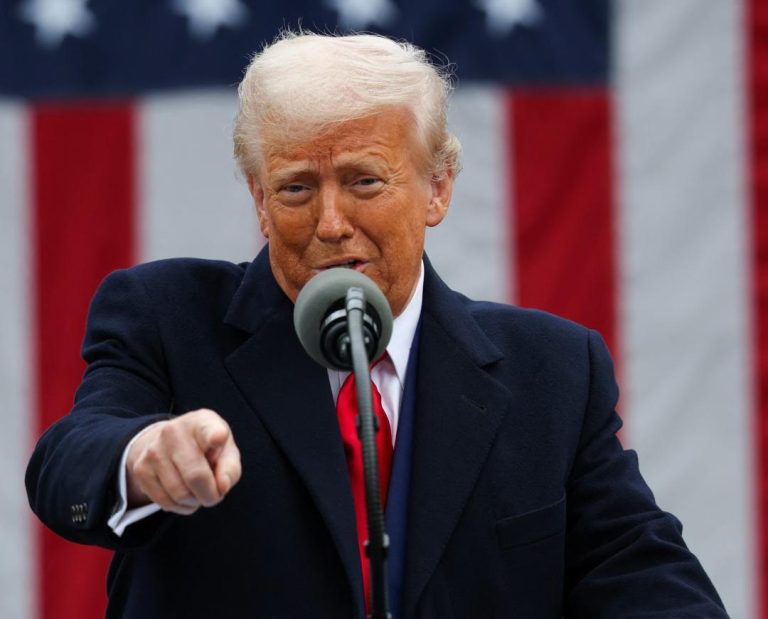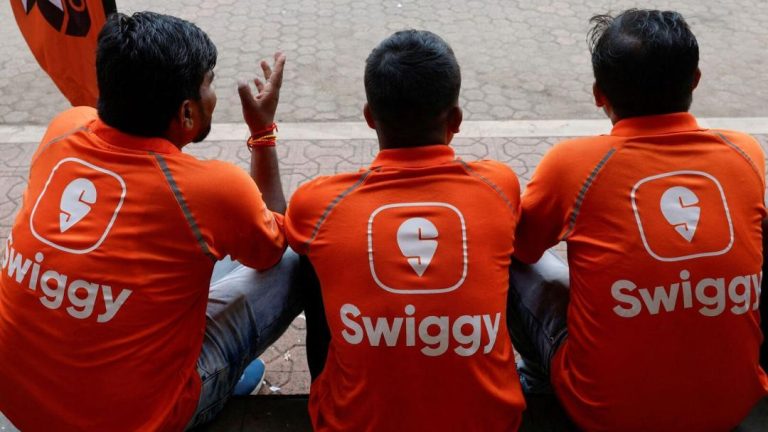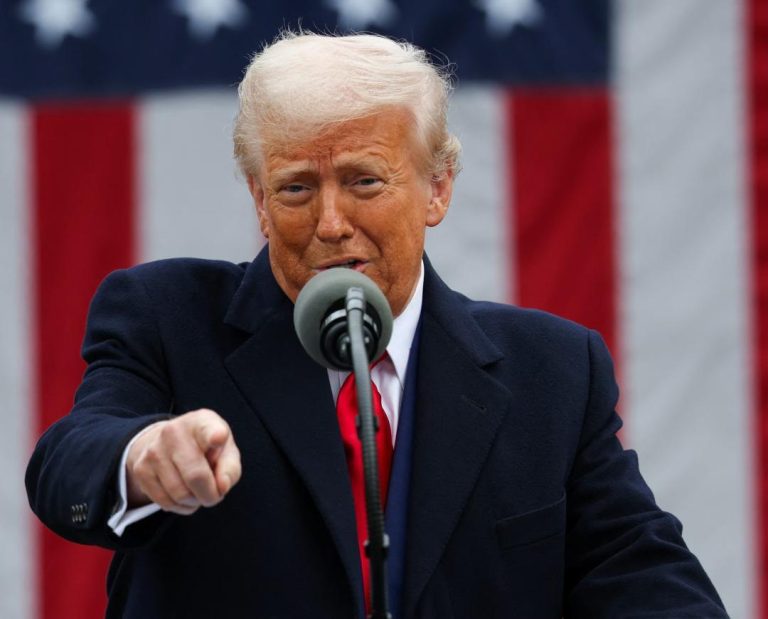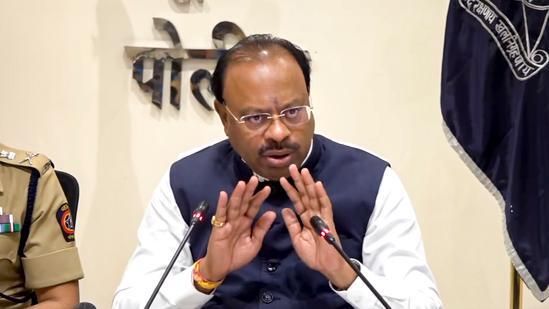
Title: No Retirement Age Rule for PM in Constitution: Maha BJP on Raut’s Claim
The news about Prime Minister Narendra Modi’s retirement at 75 has taken the nation by storm. Shiv Sena (UBT) MP Sanjay Raut recently made a statement that sparked a heated debate among political circles. According to him, there is a rule in the Bharatiya Janata Party (BJP) that Prime Minister Modi should retire from politics after completing 75 years of age. However, Maharashtra BJP president Chandrashekhar Bawankule has come forward to dispute this claim, saying that there is no such rule in the party.
Bawankule’s statement has raised many questions about the validity of Raut’s claim. Is there indeed a rule in the BJP that Prime Minister Modi should retire at 75? And what is the truth behind Raut’s statement?
To understand the issue better, it is essential to delve into the Indian Constitution and its provisions regarding the Prime Minister’s tenure. According to Article 75 of the Constitution, the Prime Minister is required to be a member of the Lok Sabha. However, there is no specific age limit mentioned for the Prime Minister’s tenure.
Bawankule’s statement is backed by the Constitution, which does not impose any age limit on the Prime Minister’s tenure. The Maharashtra BJP president cited examples of past leaders serving beyond 75 years of age to emphasize his point. He mentioned that former Prime Minister Atal Bihari Vajpayee served until the age of 80, while Indira Gandhi was in office until she was 66 years old.
The lack of a retirement age rule for the Prime Minister is not unique to the BJP. Political parties in India do not have a specific rule regarding the age limit for their leaders. This means that a leader can continue to hold office until they are physically and mentally capable of performing their duties.
The debate about Prime Minister Modi’s retirement has sparked concerns about his health and fitness. While there have been some concerns about his health in the past, Modi has consistently demonstrated his ability to work long hours and perform his duties with ease.
It is essential to remember that the Prime Minister is not bound by any party rules or regulations. Their tenure is determined by the Constitution and the political developments in the country. In a democratic setup, the Prime Minister is accountable to the people and the Parliament, and their tenure is subject to the will of the people.
The debate about Prime Minister Modi’s retirement has also raised questions about the role of opposition parties in the political system. Critics have argued that opposition parties have failed to hold the government accountable and have instead focused on personal attacks and divisive politics.
The lack of a retirement age rule for the Prime Minister has also sparked concerns about the longevity of democracy in India. Critics argue that a lack of accountability and transparency in governance can lead to a decline in democratic institutions.
However, proponents of the current system argue that a lack of a retirement age rule allows for greater flexibility and adaptability in governance. They argue that a leader like Prime Minister Modi, who has a strong vision and leadership skills, can continue to serve the country until they are physically and mentally capable of performing their duties.
In conclusion, the debate about Prime Minister Modi’s retirement has highlighted the lack of a specific retirement age rule for the Prime Minister in the Indian Constitution. While there may be personal opinions and concerns about the Prime Minister’s health and fitness, the Constitution does not impose any age limit on their tenure. The lack of a retirement age rule allows for greater flexibility and adaptability in governance, and it is essential to focus on the issues that matter, such as good governance and accountability, rather than personal attacks and divisive politics.
